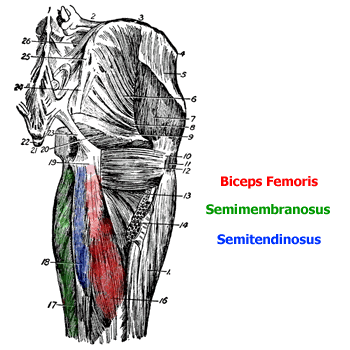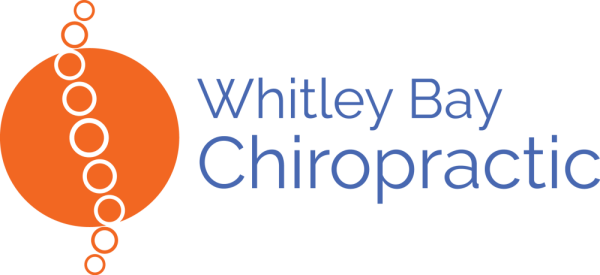Gluteal Enthesopathy Treatment

Follow us Manual Therapy UK Twitter
Gluteal Tendinopathy and Enthesopathy Treatment
If you are reading this you probably have been diagnosed with a gluteal tendinopathy or enthesopathy (the attachment site of the tendon to the bone). I hope this post helps provide some helpful information, and if you are in my area make an appointment. Through the decades, I have refined my approach (focussed on isometric exercises more) to the point where I now have great success with gluteal enthesopathy:
- Active Release Techniques® (ART) soft tissue therapy is effective in treating the gluteus medius (study) focus on the an anterior fibers and the TFL
- hip abduction exercises starting with low pain isometrics ( contract the muscle against something, with no movement)
- manage the load on the tendons through exercise and education on the underlying pathomechanics
- Gluteal enthesopathies (GE) are treated differently than a bursitis! An exercise approach of high load isometrics progressing to eccentrics, is recommended for GE.
- strengthen the hip stabilizers
- address any weakness or tightness of all lower extremity muscles and joints
Evidence:
- evidence that gluteal tendinopathy is more common than trochanteric bursitis, research review.
- often imaging tests do not reveal any obvious abnormality in patients with lateral hip pain
- after one year 36% (29% after five years) of lateral hip pain cases are still symptomatic
- 2015 study found that patients with glute tendinopathy on one side had weakness of the glutes on both side
- a high prevalence of cases have leg length discrepancy, ITB syndrome or OA at the knee, suggesting a lower limb biomechanical link
- 2016 study revealed, “Individuals with gluteal tendinopathy exhibit greater hip adduction moments and alterations in trunk and pelvic kinematics during walking. Findings provide a basis to consider frontal plane pelvic control in the management of gluteal tendinopathy.”
“The cause of lateral hip pain is usually some combination of pathology involving the gluteus medius and gluteus minimus tendons as well as the iliotibial band. Bursitis is present in only the minority of patients. These findings have implications for treatment of this common condition.” 2013 study of 877 patients
Make an appointment at Whitley Bay Chiropractic 0191 251 9892
Find an ART provider near you.
You may also like:
High Hamstring Strain: Best Low Compression Exercises
Best Glute Medius Exercises for Runners
Research Based Hamstring Therapy – FIT Institute
The New Age of Golf Training is Creating Stronger and More Athletic Golfers Than Ever Before – STACK
Performance Therapy: Greg Rutherford’s Story – Athletics Weekly
The ART of Active Release Techniques – Telegraph
How is ART different from Sports Massage – 220 Triathlon
Transform Performance – Vigour Magazine
Golf Performance Therapy – Titleist Performance Institute
